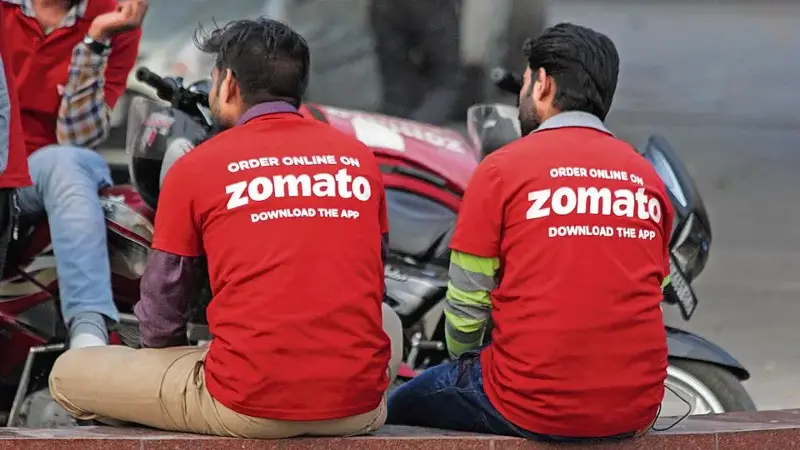
Mumbai: Once a simple curator of restaurant menus, Zomato has climbed into India’s top tier of consumer brands, becoming the country’s 21st most valuable brand after its value jumped 69% year-on-year, according to consumer research firm Kantar. With an estimated 2025 brand value of over $6 billion, excluding its quick commerce arm Blinkit, it now ranks ahead of legacy names such as Maggi, Bajaj Auto, Surf Excel and Paytm, reflecting its shift from a food-delivery app to a wider lifestyle platform.
Zomato rose fastest in brand value this year, climbing the ranks of Kantar’s list of India’s top 100 most valuable brands, according to Kantar’ ‘BrandZ’ report released on Wednesday. What helped is its evolution from merely a food delivery app to a lifestyle brand, especially with the launch of its “going out” app, District by Zomato.
“This [valuation] is excluding Blinkit, which is obviously their consumer products-centric quick delivery offering,” said Soumya Mohanty, managing director and chief solutions officer, South Asia, at Kantar. “They have District pushing out events. The main app is also active with people-centric customizations like veg mode, protein indicators, and so on. These functions are part of a consumer’s lifestyle. People go to concerts, which is a recreational lifestyle choice, and so is ordering-in.”
Zomato’s rival Swiggy also made it to the list but is ranked lower at number 27; its brand value rose by a relatively modest 4% year on year to $4.8 billion. This growth, however, was slower than the 6% rise in the aggregate brand value of all of India’s top 100 brands to over $523.5 billion, per Kantar estimates.
HDFC Bank, IT firm TCS, and telco Airtel remained India’s top 3 brands by value. Quick commerce new kid Zepto also made its debut, but at a much lower spot of 83, with an estimated brand value of $1.47 billion.
Others whose brand value surged this year included companies associated with travel and experiences such as Taj Hotels, up 55% to $2.8 billion, Indigo Airlines which rose 42% to $5.1 billion, and online travel aggregator MakeMyTrip, which grew 45% to $2.45 billion.
Financial services and tech/services platforms, however, comprised 28% and 21% of the total brand value, respectively, of the top 100 brands this year, while FMCG and retail remained at 8% each, and consumer tech and travel services at 4% and 2%, respectively.
Kantar estimates a brand’s value by multiplying its financial value with its brand contribution. It defines ‘financial value’ as the proportion of the total value of the brand’s parent firm, in US dollars, attributable to the brand, and ‘brand contribution’ as the financial value generated by the brand’s ability to drive more purchases and charge a premium.
The firm interviewed 4.5 million consumers and covered 22,000 brands operating across 538 categories in 54 markets.
K-Shaped recovery
Kantar's report said FMCG brands are struggling with slowing urban demand as consumers shift the way they spend.
“One issue is changing priorities: wealthy consumers in particular have been reducing their wallet share on essentials like groceries and dairy recently – all while interest in luxury cars, smartphones, home décor, apparel, and watches has gone up,” the report said, adding that rural households continue to associate value with branded, packaged goods but their budgets are squeezed by years of high inflation.
Kantar, however, cautions that middleclass Indians drive brand value growth, but their consumer spending is also under most stress, as the economy continues in its ‘K-shape’ post-pandemic trajectory, with rich Indians leaving behind the middleclass.
“You see signs of this ‘softening middle’ everywhere you look in the business press. Urban FMCG sales are trending towards more unbranded goods. Quick-commerce startups aren’t minting profits as fast as they’d hoped. And consumer banks have seen fewer sign-ups to savings accounts, meanwhile unsecured loans are on the rise,” the report said.
